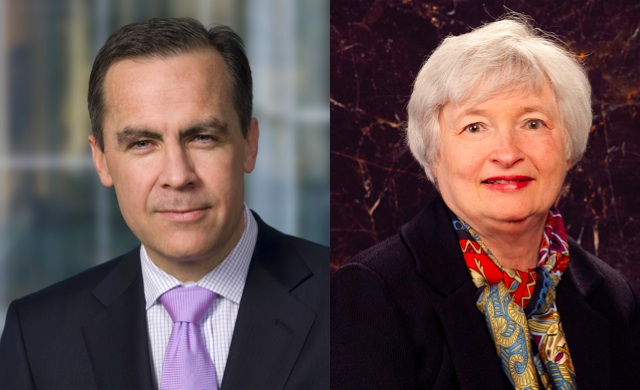Wealth Managers Who Ask For Referrals Double Their Chance Of Being Recommended By Clients
| For Alicia Miguel | 0 Comentarios
Very few of the world’s up-and-coming wealthy are uncomfortable providing friends, family, or colleagues with referrals to a wealth manager, however the majority of wealth managers are missing out on the opportunity to acquire clients through this valuable channel, says a new global study released today by SEI, Scorpio Partnership, and NPG Wealth Management. The study, “The Futurewealth Report 2014: The Advocacy Impact,” reveals that advisors double their chances of receiving a referral by simply asking for one – as 47 percent of respondents said they would actively refer, without being prompted, and an additional 47 percent reported they would refer, but only if asked to do so. However, only 3 in 10 of the 3,025 global respondents with an average net worth of $2.9 million reported being asked for referrals by their wealth managers at least once a quarter.
The report, which also examined the drivers that compel the global wealthy to advocate for their wealth managers, further unveiled that the propensity to recommend does not translate into actual referrals. On the contrary, referrals are triggered by a complex blend of circumstances and financial behaviors and are heavily influenced by a client’s age and geographic background.
“This year’s Futurewealth series has provided valuable insights on investors’ digital habits, their purchasing drivers, investor loyalty, and, now, what it takes to spark client advocacy,” said Alfred P. West, Jr., Chairman and Chief Executive Officer of SEI. “It’s well known that a referral is one of the strongest tools in an advisor’s marketing arsenal, and what we’ve learned is that there is no exact science to winning client referrals. Client behavior and confidence in advisors varies based on personality, age, and location, and, thus, is unpredictable. However, by taking action wealth managers increase their likelihood of organically growing their business.”
According to the report, respondents from the West (the Americas and Europe) are more likely to recommend wealth managers if they demonstrate stability, good performance, personal service, and integrity. In the Americas specifically, nearly two-thirds of up-and-coming wealthy would recommend a stable firm (58 percent of respondents), followed closely by strong performance (54 percent). With the quality of the “salesperson” (15 percent) and “periodic contact” and “information about new products and services” (14 percent) ranking as the most important elements in a wealth manager’s ability to deliver a great experience (compared to staff efficiency and order processing in the 2011 survey), the study has uncovered that today’s high-net-worth investors increasingly desire a strong relationship with their wealth advisors.
“This year’s Futurewealth research confirms that the high-net-worth global investor base cannot be lumped into one single category. Rather, this group is incredibly diverse, and we’ve discovered that depending on lifecycles and net worth, high-net-worth investors select, stay with, and ultimately refer wealth managers for disparate reasons,” said Ryan Hicke, Senior Vice President, SEI Wealth Platform. “That said, above all this group is looking for stable, trustworthy, and engaged relationships with wealth managers. This finding should not be taken lightly. The relationship side of the business is ever-important, and managers must take the time to implement strategies that allow them to focus more heavily on personal interaction, without sacrificing quality.”
Further, while those in the Americas are most positive about their advisors, this group of up-and-coming-wealthy have referred the fewest clients to their firm (five) when compared to their European and Asian Pacific counterparts, seven and eight referrals respectively. In examining age, the study found that the respondents under 40 (4 in 10 of whom are asked by their wealth manager every quarter for referrals) referred the most clients (nine). By contrast, the oldest group polled (over 60), who are asked quarterly for referrals only 8 percent of the time, referred the least (four). In Asia Pacific, the region with the highest average number of recommendations, nearly 45 percent of clients are asked for referrals quarterly.
“Yes, many factors contribute to investors providing referrals, but one element of the referral game is undeniable: wealth managers who directly ask for referrals on a consistent basis are the most likely to get them,” said Kevin Crowe, Head of Solutions, SEI Advisor Network. “Furthermore, the more successful advisors we work with have found that facilitating actual ‘introductions’ as part of the referral process increases the likelihood the referral will actually become a client.”
This is the fourth paper in a four-part series delving into the findings of the Futurewealth Project, which maps the journey of the world’s up-and-coming wealthy with their wealth manager. The first paper examined the qualities impacting the decision-making process of selecting a new financial provider. The second paper studied the factors critical to high-net-worth individuals when making a transaction with a firm and the role of digital technology. The third paper looked into the factors that contribute to customer loyalty.




